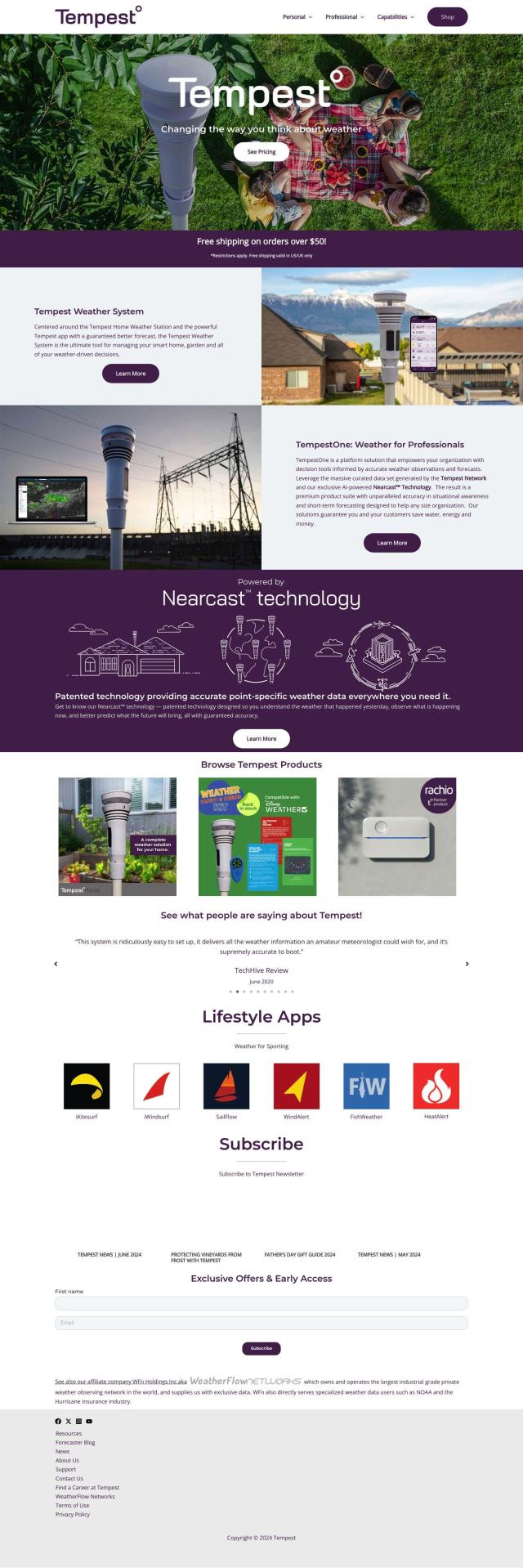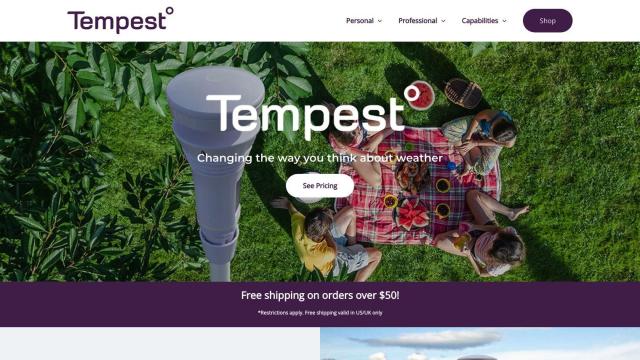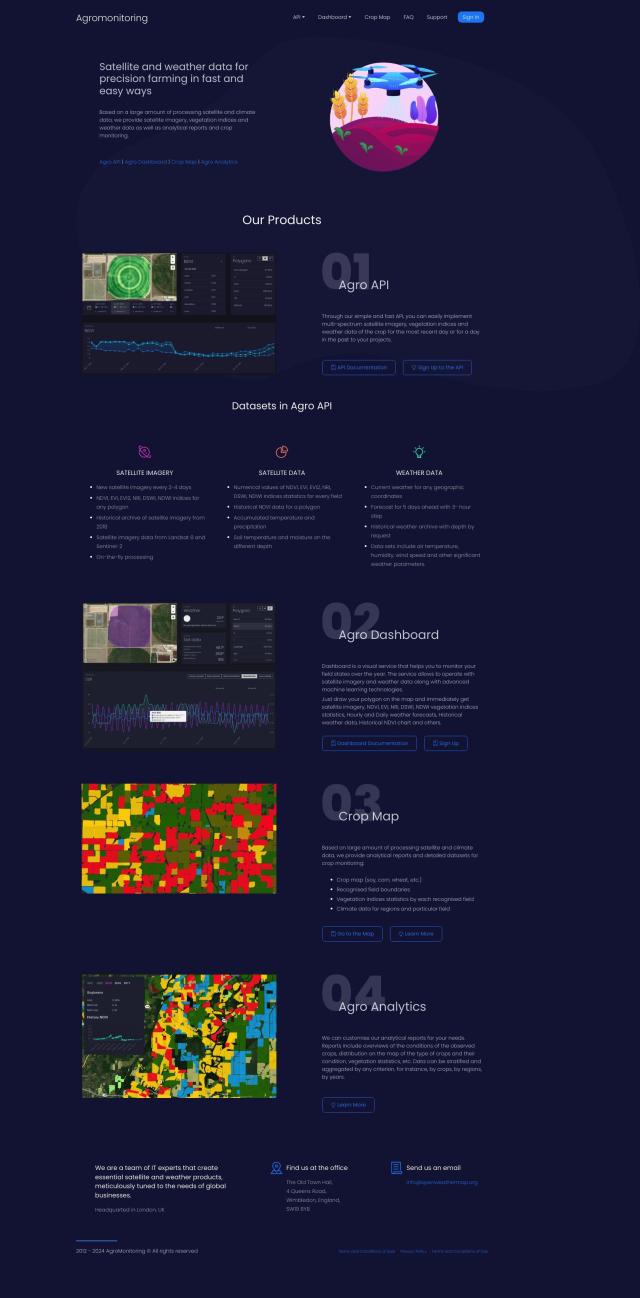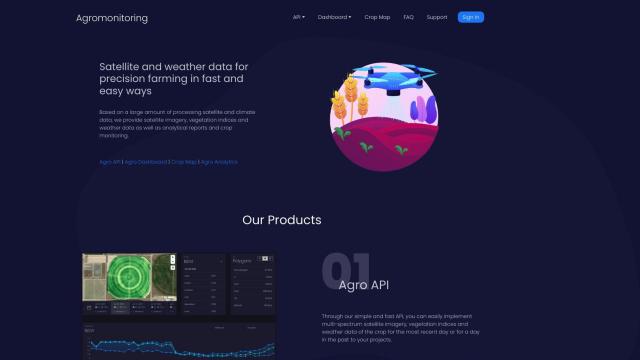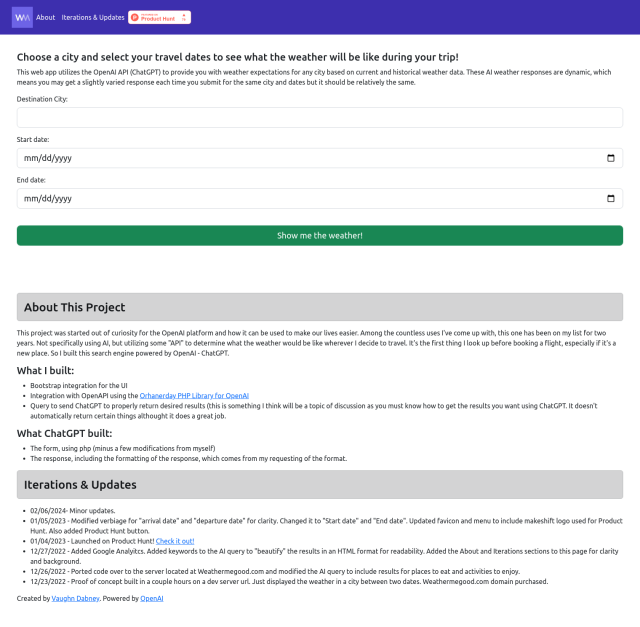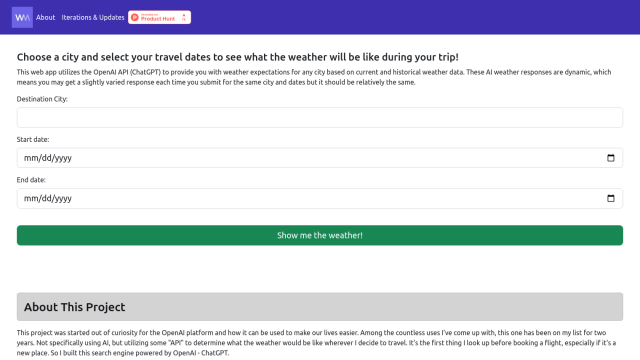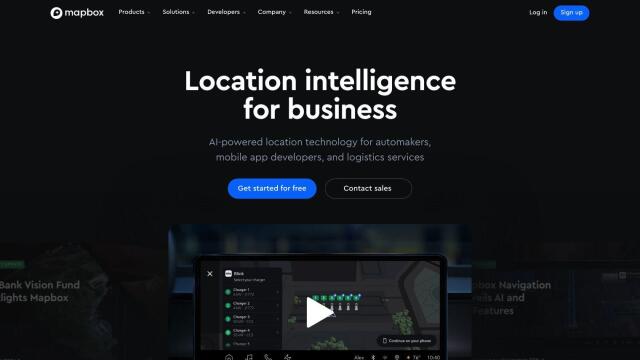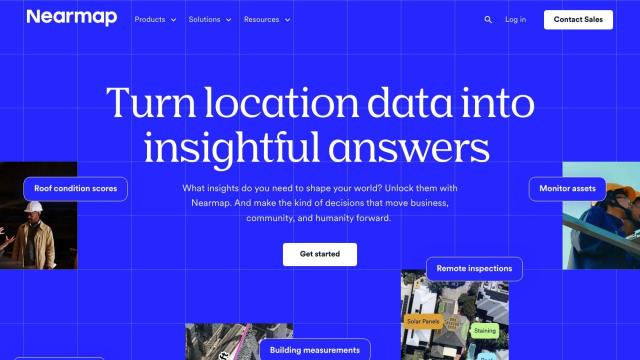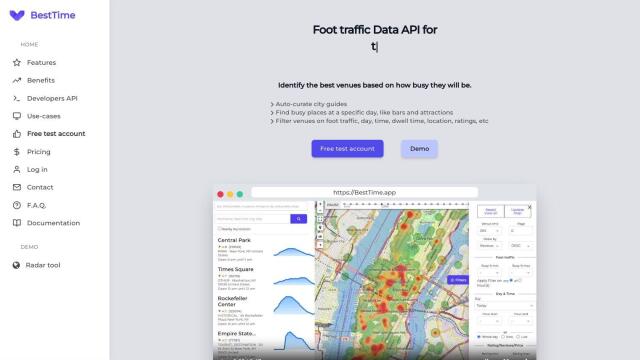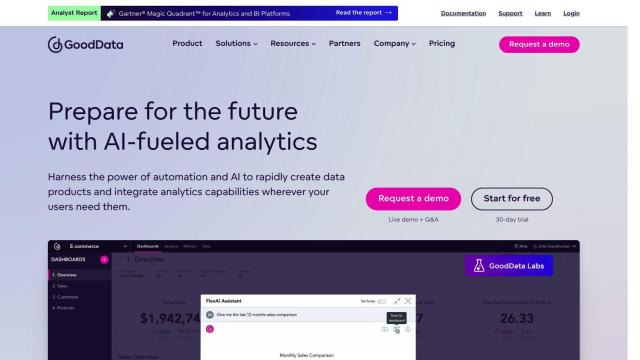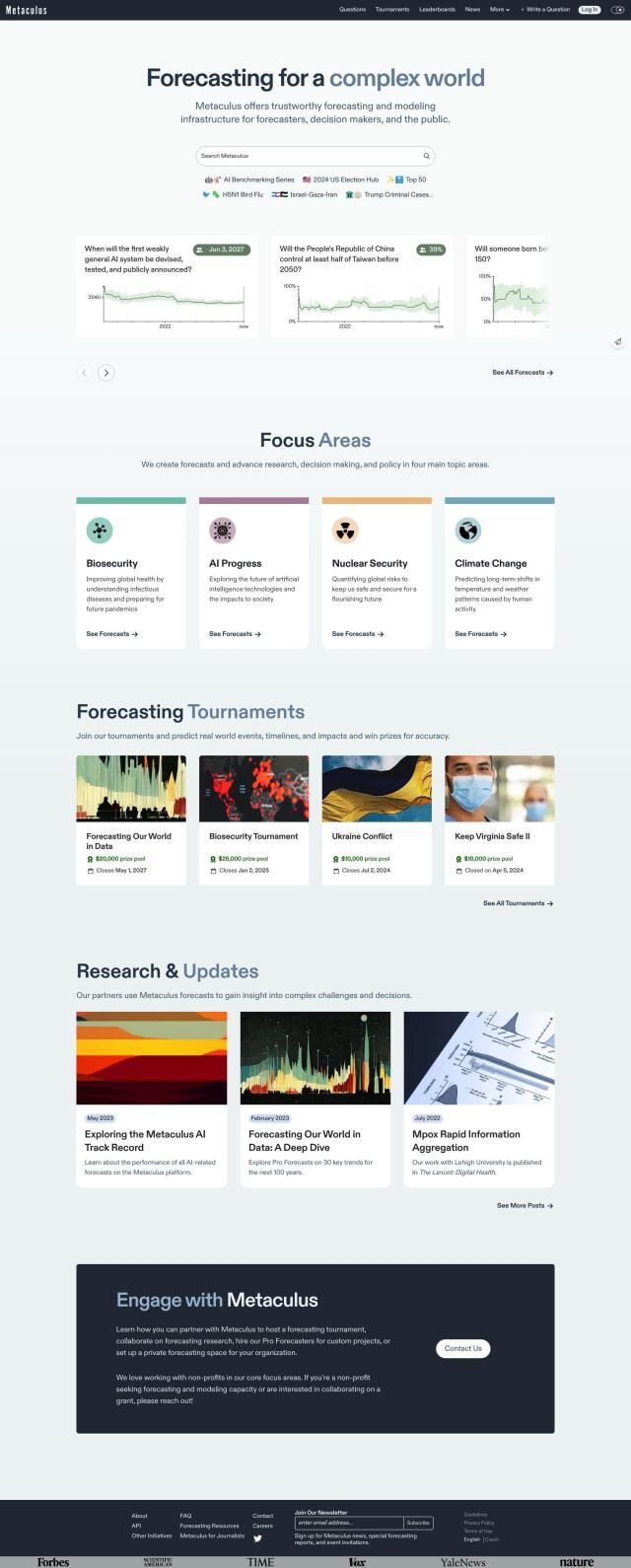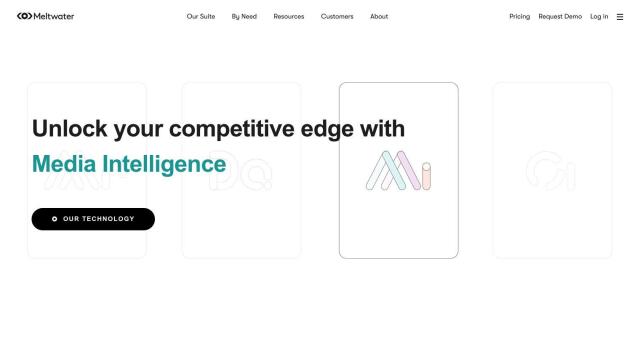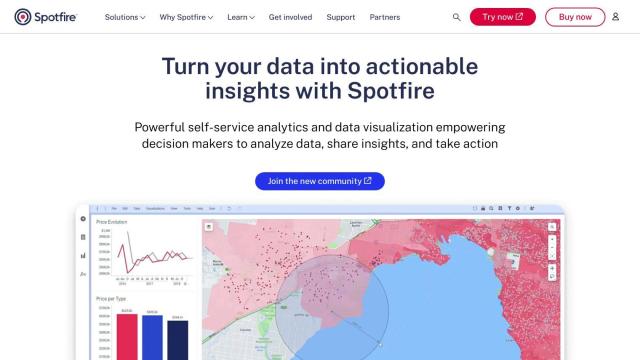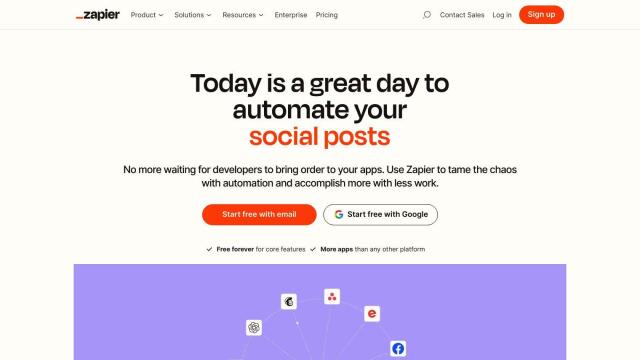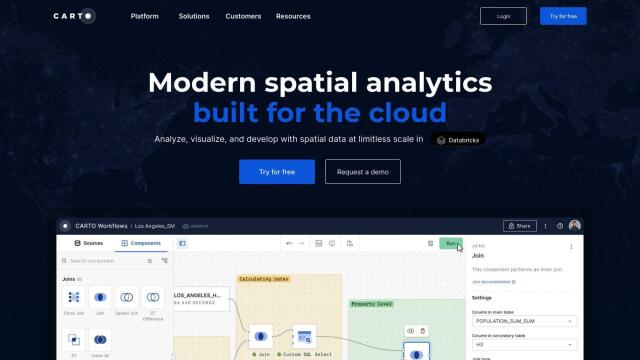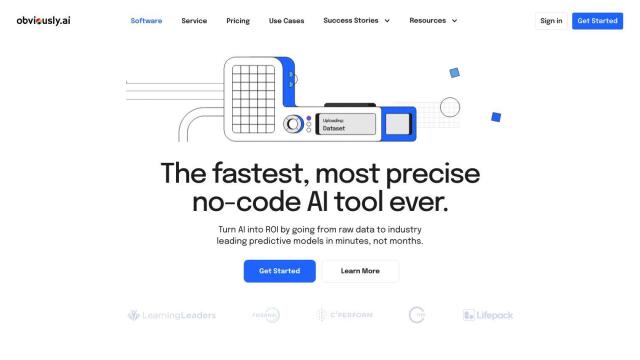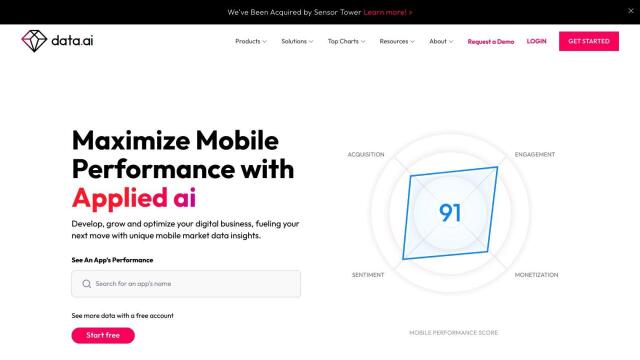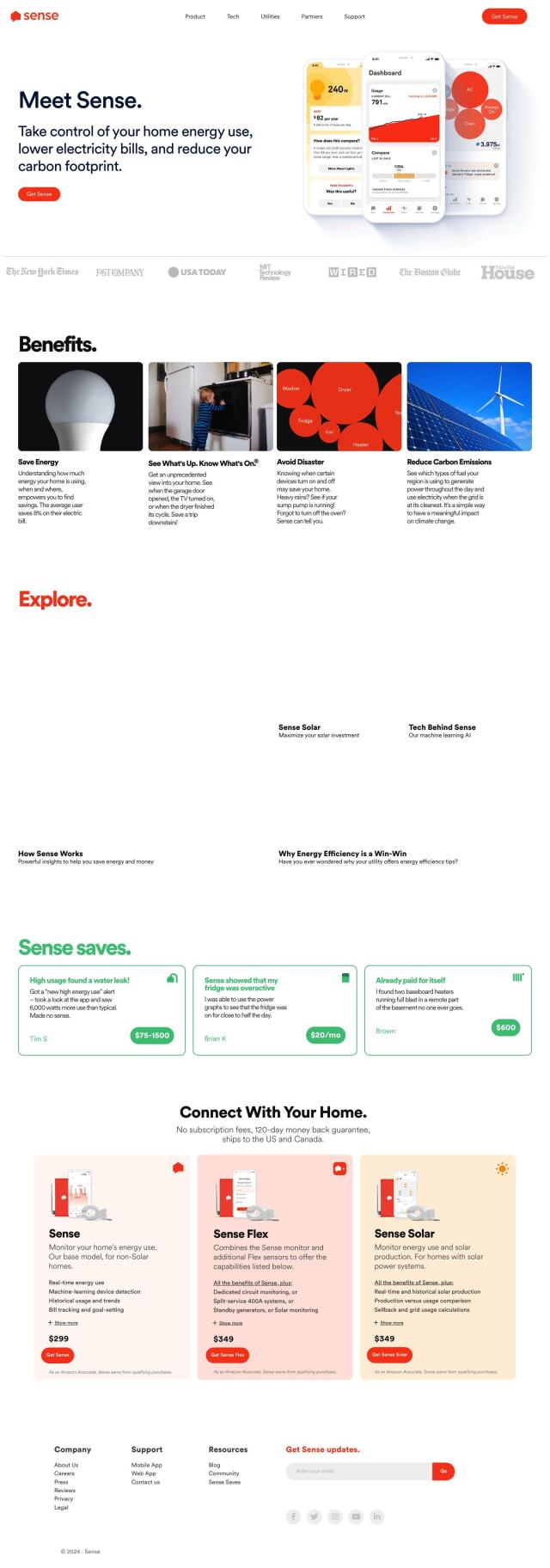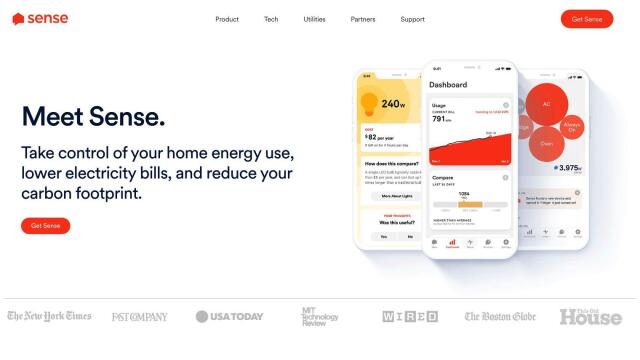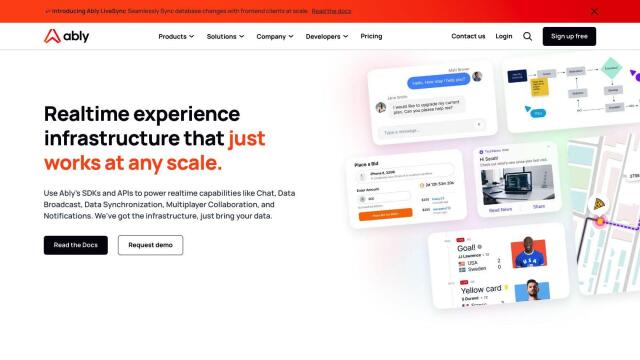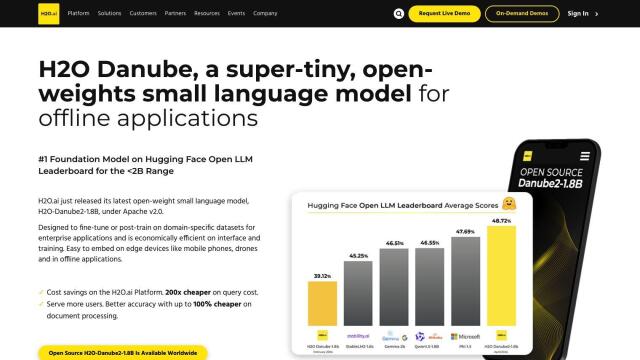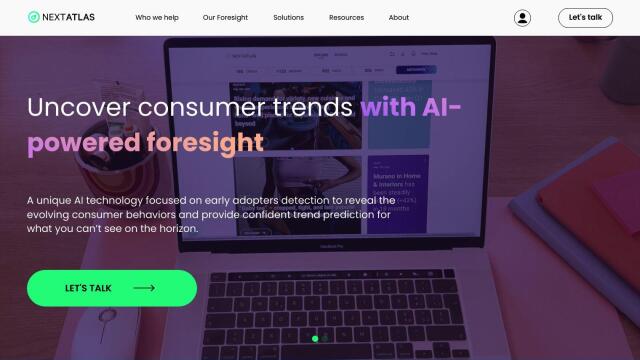
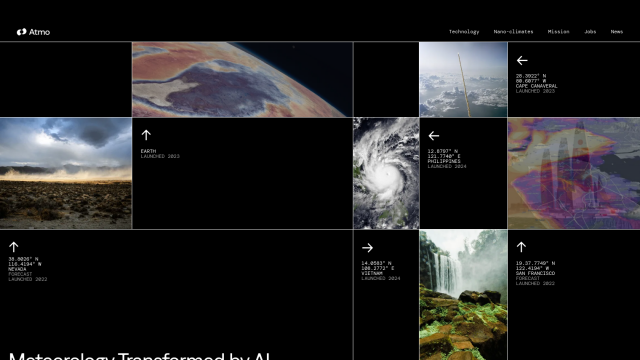
Atmo
If you're looking for a Tempest alternative, Atmo is another good option. This AI-based weather forecasting system draws from a broad set of sources, including satellites and ground stations, for hyperlocal weather forecasts. Atmo's deep learning models are constantly trained and updated to improve forecasts, offering up to 100 times more detail than traditional models. This platform is geared for use cases that require detailed, hyperlocal weather information, so it's a good fit for government and enterprise customers.


Tomorrow.io
Another good option is Tomorrow.io, a weather resilience platform that offers a broad set of weather data and forecasts. Tomorrow.io offers hyperlocal weather data and forecasts, including real-time data, probabilistic forecasting, and a generative AI for synthesized weather forecasts. The service is designed to help companies manage weather risk and optimize operations, so it's a good fit for supply chain and disaster recovery customers.
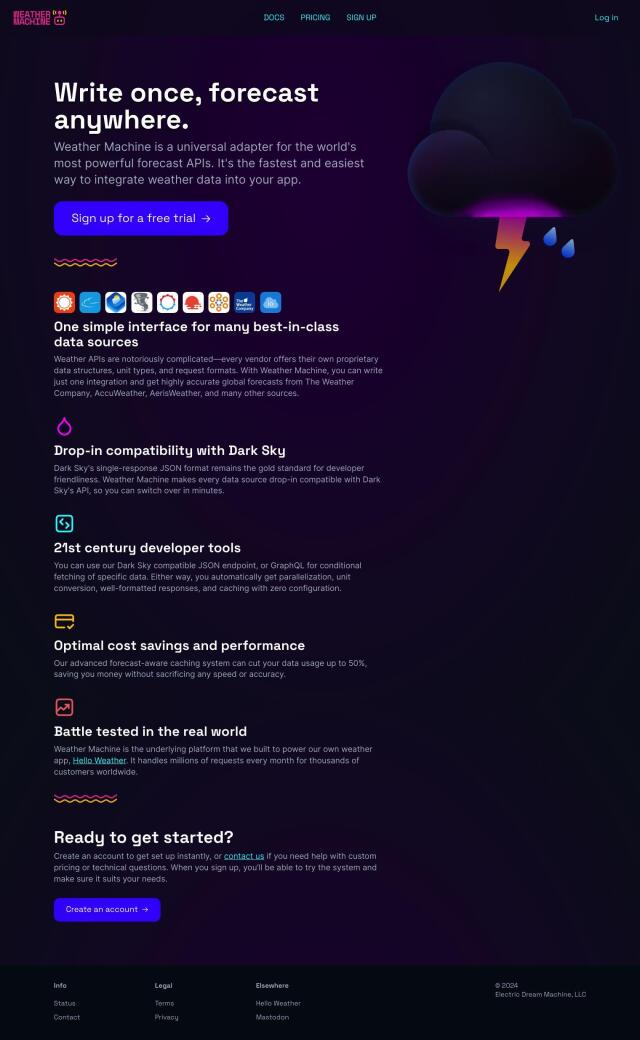
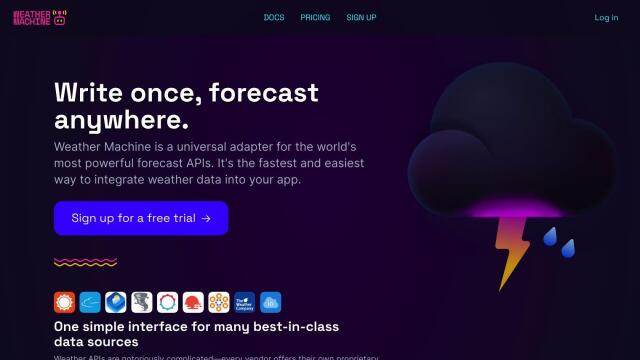
Weather Machine
Weather Machine offers a single interface to pull weather data from multiple sources, including The Weather Company and AccuWeather. It offers forecast-aware caching for better data usage and is geared for developers and businesses that want to add weather data to their apps without the hassle of dealing with multiple APIs.
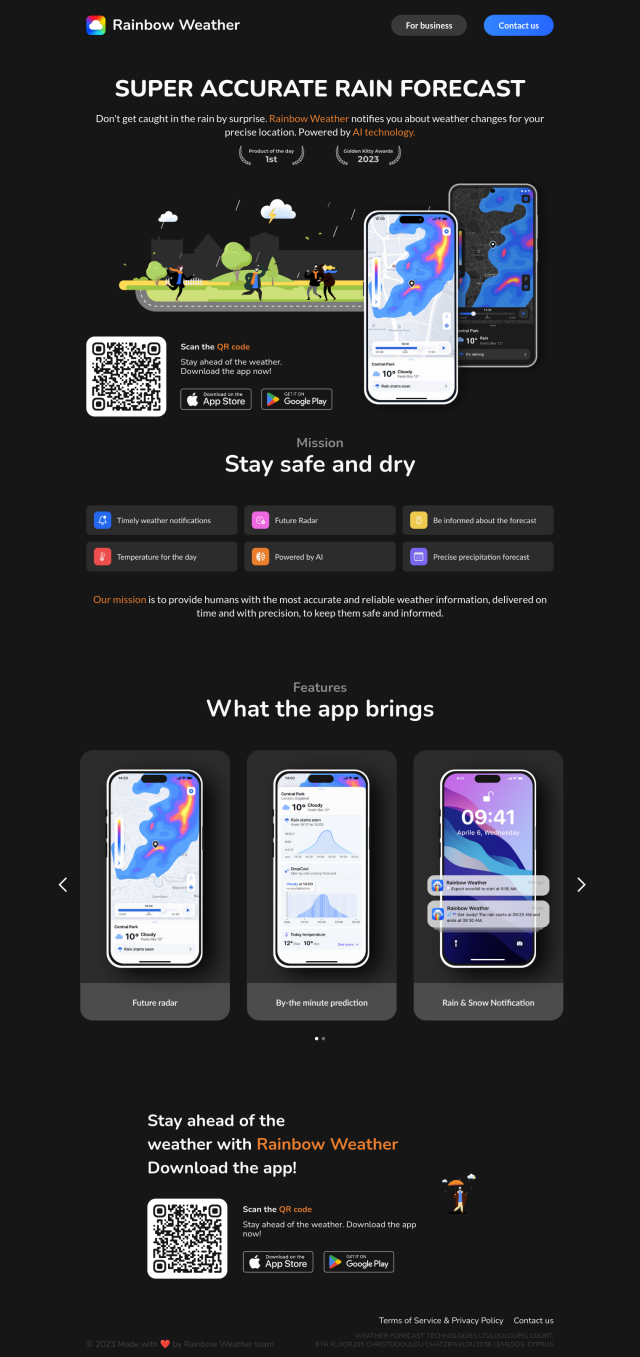
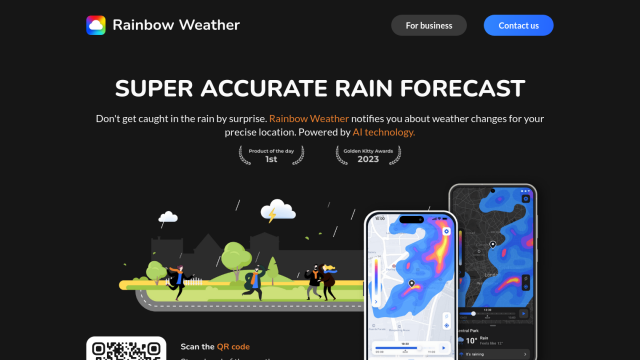
Rainbow
Last, Rainbow is a hyperlocal weather app and API that offers very detailed forecasts. With updates every minute and a spatial resolution of 1 sq km, Rainbow is good for businesses that need hyperlocal weather data to make decisions. It offers a variety of pricing plans and API options, so it's good for a wide range of industries, including agriculture and aviation.
